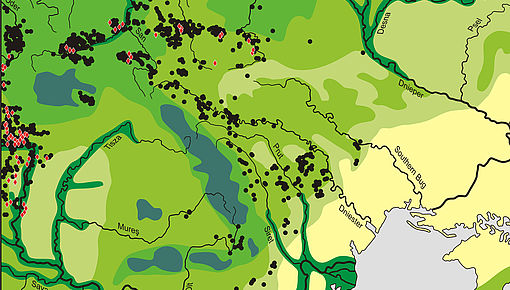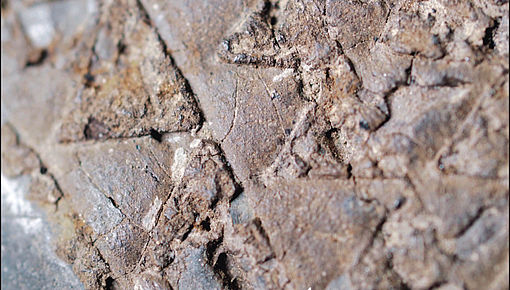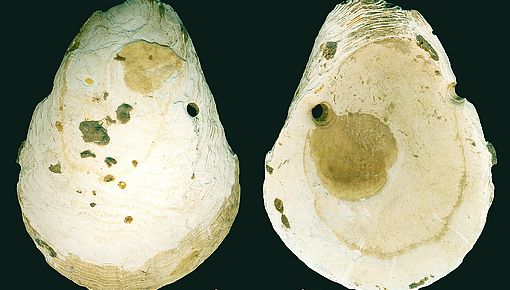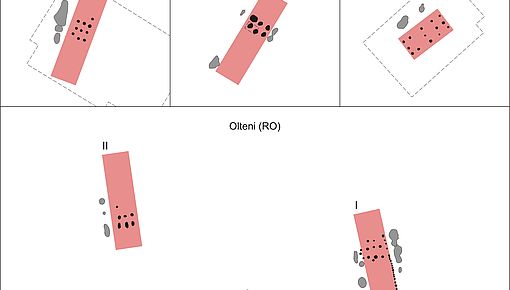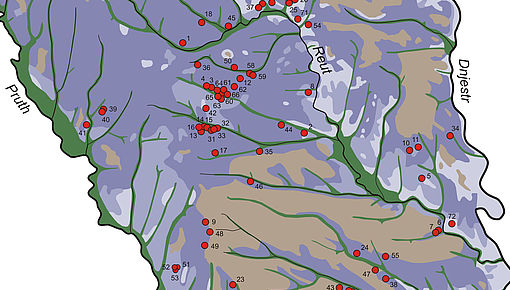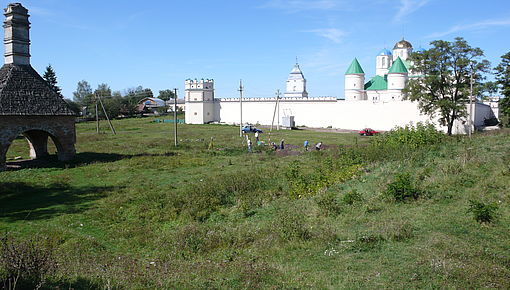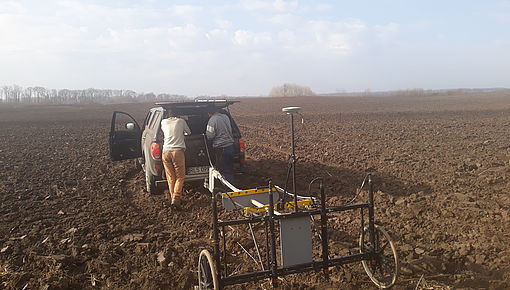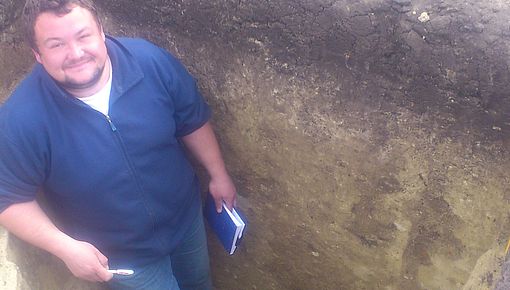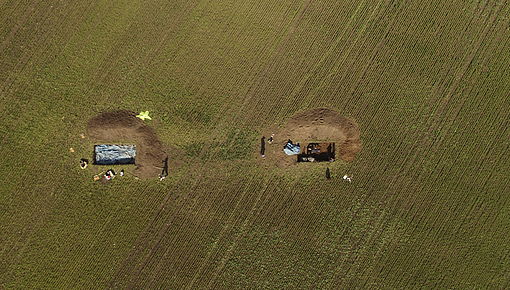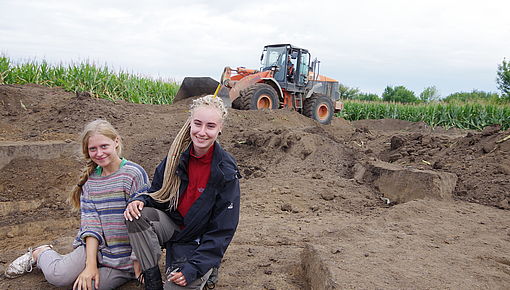
Easternmost LBK
Mobility and exchange contributed to the comparatively high degree of homogeneity observed across the vast zone of LBK interaction stretching between the Seine and Dnieper Rivers. Since the LBK lands to the east of the Vistula River and the Carpathian Mountains once formed an integral part of the Bandkeramik cultural complex, it comes as no surprise that the emblematic element of the LBK, the longhouse, is now proven to have existed in its easternmost regions.
At the eastern periphery of the LBK, inspirations were drawn from Mesolithic backgrounds, the Bug-Dniester culture, and Neolithic communities of the Lower Danube. The expansion of the Bandkeramik came to a halt at the western fringes of the steppes. Here, confronted with an increasingly continental climate, the forest peasants of the LBK met their agro-ecological limits. Towards the end of its cultural cycle, the LBK seems to have had little effect on the subsequent formation of future Neolithic cultures.
- Šárka in Wolhynien und in Bayern.
- Zur Bandkeramik zwischen Pruth und Südlichem Bug.
- Zu den östlichsten Siedlungen der frühen Bandkeramik.
